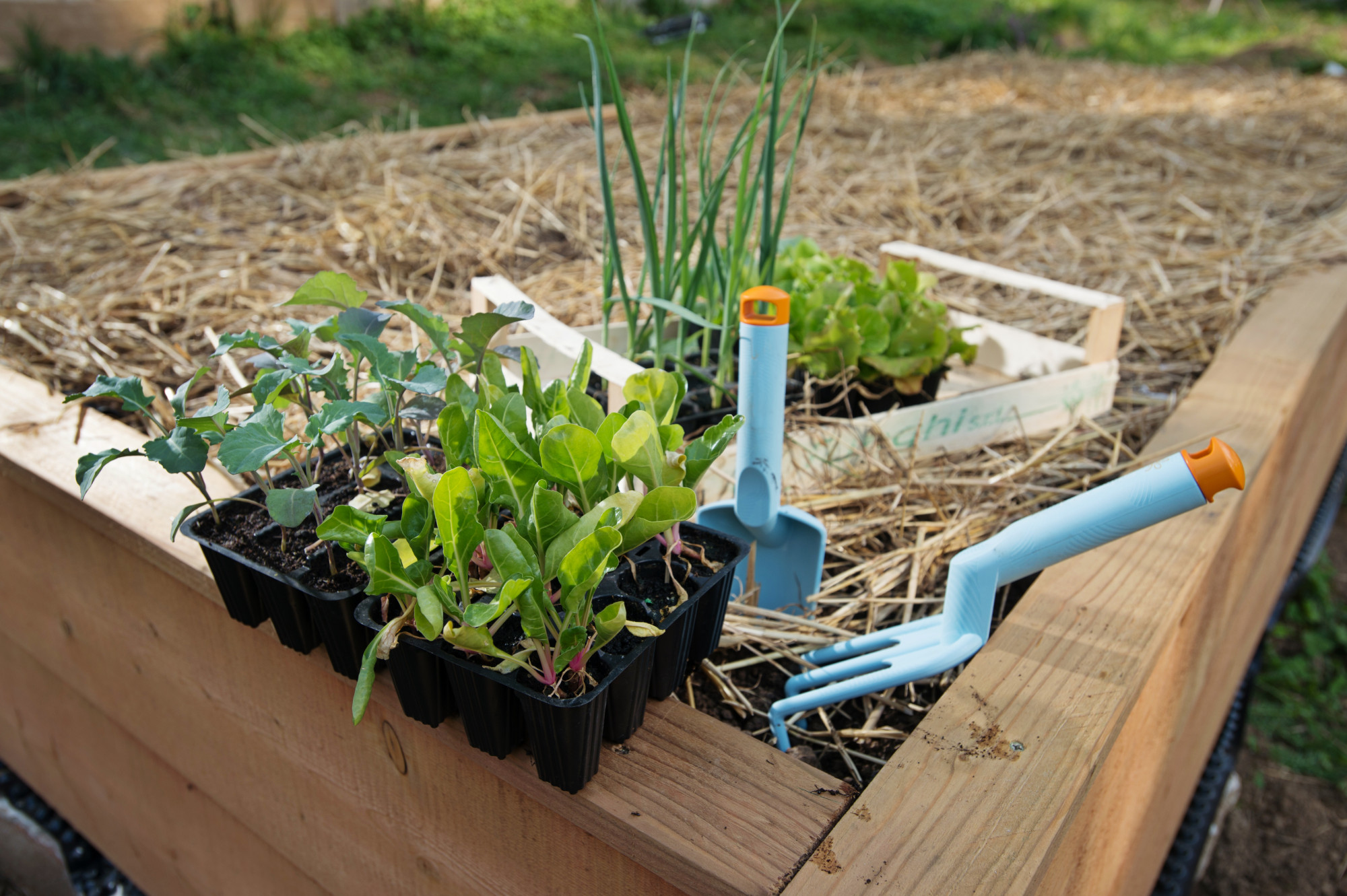
Written by Don Richardson

As the first day of October unfolds, there's a noticeable shift in the air, signaling the transition from the sweltering summer to the more temperate fall season in Florida's Planting Zone 9. This change in weather beckons gardeners to adapt their practices to continue fostering a thriving garden ecosystem. Through a blend of observation, soil care, water conservation, and community engagement among other practices, here is some information to use as a guide on how to harmoniously align our gardening endeavors with the natural ebb and flow of Zone 9’s unique environment.
Observation and Interaction: It's really about paying attention. In Zone 9, as the hot summer eases into a milder fall, observing the changes in sunlight and temperature is key. It helps to note which areas get the most sunlight, as that's where you'd want to plant your crops, trees and other plants that need a lot of sun.
Soil Care: Moving on to soil care, here in Florida, in a lot of people’s yards, the soil tends to be sandy, and it benefits from a good layer of mulch to retain moisture. Composting is another way to enrich the soil. It’s also smart to get a soil test to understand what nutrients might be lacking. Even if your yard is not very sandy, it can still benefit from mulch and composting in order to have all the benefits of a thriving system.

Water Conservation: Water is essential, and conserving it is crucial. Collecting rainwater in barrels is a simple way to have a supply for drier days. Also, drip irrigation or soaker hoses are efficient ways to ensure water reaches the plant roots with minimal waste.
Planting and Propagation: October is a favorable time for sowing cool-season crops like broccoli, spinach, and root vegetables like garlic and onions. But it’s also a prime time for propagation. You can take cuttings from healthy perennial herbs and plants. Things like rosemary, lavender, and other native perennials respond well to propagation this time of year. It’s a cost-effective way to expand your garden and share plants with others in the community. And don’t forget cover crops like clover; they protect and enrich the soil, providing a great base for next season’s planting. Planting and propagation is an important step in establishing a resilient garden, offering a bounty of produce and a healthy, self-sustaining ecosystem as we move into the cooler months of the year.
Integrated Pest Management: Pests can be a challenge, but nature has its own control mechanisms. Planting a variety of crops and adding plants that attract beneficial insects can help keep pest populations in check. For example, marigolds, dill, and fennel can invite helpful insects like ladybugs.

Community Engagement: “Getting involved in the local gardening community can be rewarding. Local garden clubs, permaculture groups, or community gardens are great places to exchange ideas, seeds, and learn from others.
Holistic Management: Holistic management is about viewing the garden as a whole system, where each element, be it plants, soil, water or wildlife, interacts with each other. It’s about making informed decisions that take into account the long-term impacts on the garden ecosystem. Reflecting on the past seasons, understanding what worked and what didn’t, and planning for the upcoming seasons is a big part of this. For instance, as we approach winter, considering the needs of your garden like frost protection, soil nourishment, and water management is crucial. It also includes having a planting plan that ensures a continuous harvest and promotes soil health. It is important to have a well-thought-out plan that aligns with the natural cycles. As we look forward to the spring, preparing the soil, selecting the right crops, and ensuring the garden has a balanced ecosystem will set a solid foundation for a prosperous growing season ahead. Through holistic management, we can create a resilient garden that is well-prepared for the changing seasons, while promoting a sustainable and harmonious relationship with nature.
In conclusion, embracing the gentle transition into October in Florida's Planting Zone 9 unfolds a canvas of opportunities to delve deeper into permaculture practices. The shift in weather is not merely a change in temperature but a call to align our gardening endeavors with the rhythm of nature.
As we thread the path of permaculture, each step taken, from observing the subtle changes in sunlight to repurposing materials for garden use, contributes to nurturing a sustainable, self-sustaining garden ecosystem. The ripple effect of these practices extends beyond the garden borders, fostering a community of mindful gardeners, enriching the local ecosystem, and inching closer to a sustainable, harmonious relationship with nature.
So, as the first day of October beckons, let's applying these permaculture practices to create a garden that thrives and resonates with the natural cadence of Florida’s Zone 9. Through a blend of knowledge, observation, and respect for nature’s intricacies, we’re not merely gardening; we’re cultivating a bond with the earth, reaping bounties that extend far beyond the harvest.









0 Comments